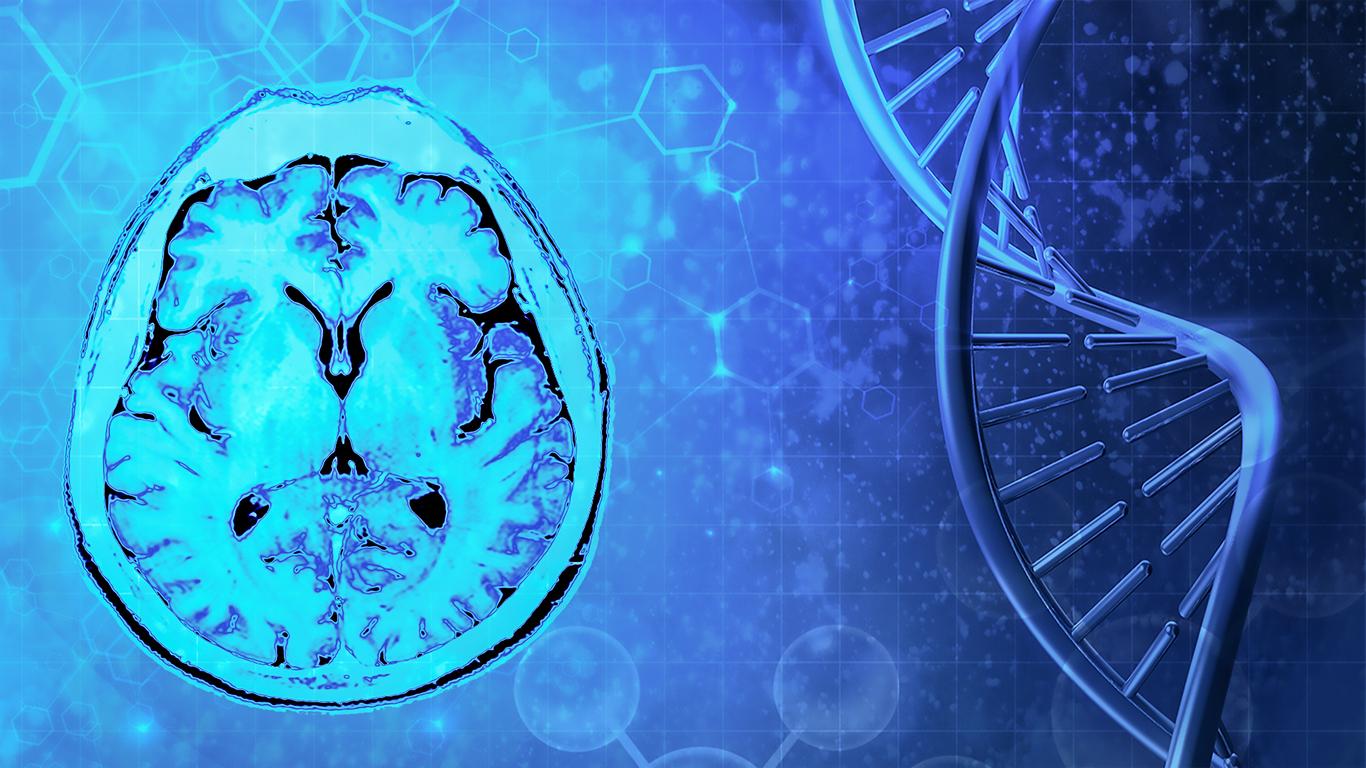A gene present in flies could play a protective role in Parkinson’s disease. Ultimately, this could constitute a new therapeutic target.

- In France, 160,000 people have Parkinson’s disease, according to the National Institute of Health and Medical Research (Inserm).
- There are 25,000 new diagnoses of this disease each year in France.
Dopaminergic neurons are those that are destroyed by Parkinson’s disease. But, according to a study published in the journal NatureCommunicationsa protein could make it possible to protect the evolution of this disease.
Early detection of Parkinson’s disease
Parkinson’s disease is the second most common degenerative pathology in France, after Alzheimer’s. It is characterized by three main motor symptoms, which make it possible to establish the diagnosis. First of all, akinesia, when the individual feels a slowness in the implementation and coordination of his movements. Then hypertonia, which is an abnormal rigidity of the muscles. And, finally, the tremors which mainly concern the hands and arms. So far, treatments have slowed the progression of the disease, but none have cured it. Screening as early as possible is therefore very important because it allows treatment to begin early.
The Fer2 gene causes deficiencies in mitochondria
A team of researchers wanted to understand how dopaminergic neurons were affected by Parkinson’s disease. For this, they conducted their experiments on flies.
In previous studies, they had already shown that a mutation in the Fer2 gene could cause symptoms specific to Parkinson’s disease in flies. In particular, they had observed a deficiency of the mitochondria. These are organelles present in cells and which are sources of energy and cellular respiration, therefore very important for the good health of neurons.
More Iron2 protects against oxidative stress
For their new study, they wondered if an increase in the amount of Fer2 – without mutation – in the cells could have a protective effect. Thus, they put the flies in a situation causing oxidative stress on their dopaminergic neurons. Oxidative stress can be defined as an attack on cells by species reactive oxygen species (ROS), as explained Futura Science. Normally, ROS are destroyed by antioxidant molecules, but their production is impaired in the event of oxidative stress and ROS can therefore easily destroy our neuronal cells. Eventually, oxidative stress, in part, can cause neuron death.
Hope for a new treatment
According to the results obtained by the researchers, very large quantities of Iron2 would cancel the action of oxidative stress, which therefore had no negative impact on the animals. “This key gene seems to play a crucial role against the degeneration of dopaminergic neurons in flies by controlling not only the structure of mitochondria but also their functions”explains Federico Miozzo, one of the authors.
In the future, the researchers will continue their experiments on mice, mammals closer to humans than flies. If the results are similar to those observed in flying insects, this could mean that Fer2 could be adapted as a treatment… Perhaps one day in humans.

.














